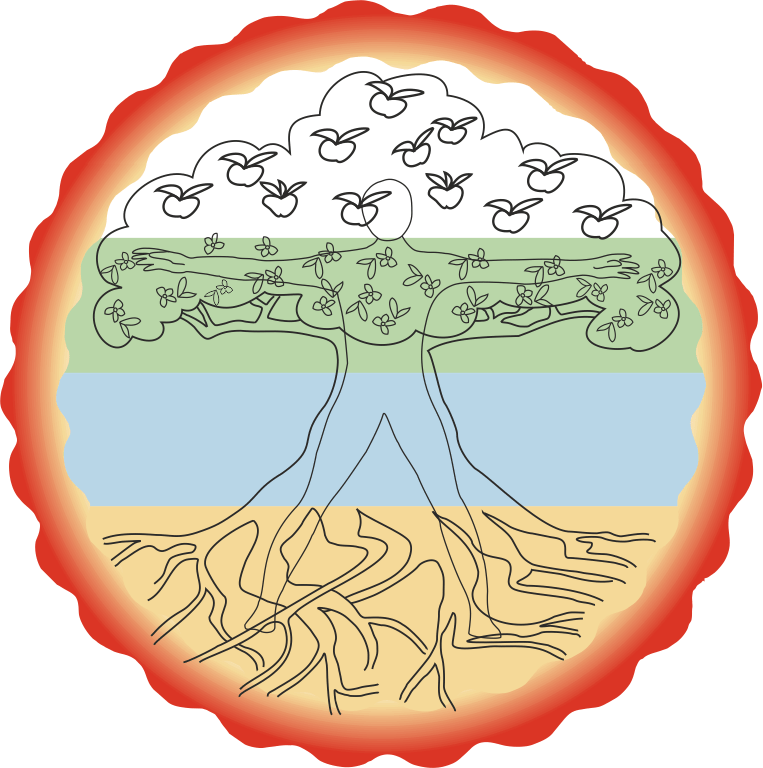Transformació Holística
Una visió evolutiva i integral de la vida
Per Transformació Holística entenem un procés orientat a millorar la salut i el benestar de la persona en tots els seus aspectes: els diferents nivells: corporal, vital, emocional, mental i espiritual; les polaritats: donar-rebre; força-suavitat; receptivitat-proclivitat, etc, i les dues dimensions: individual i social. Entenem que el grau de coherència i harmonia entre tots aquests aspectes és el que determina l’estat o grau de salut de la persona. Aquest enfocament és original d’ESTEL, i és afí a la Psicologia Transpersonal.
Així doncs, gaudir de bona salut, des del punt de vista holístic, vol dir estar bé físicament, emocionalment, mentalment, i saber relacionar-se satisfactòriament amb l’entorn. En la Transformació Holística treballem perquè la persona es conegui a sí mateixa i aprengui a gestionar la seva vida de manera coherent i harmoniosa amb el que ella és realment (ser genuí). Fomentem la consciència holística de l’ésser humà per anar destriant entre l’essència genuïna de cada persona i els patrons heretats, i/o apresos que ens limiten. Treballem perquè la persona aprengui a ser autònoma, discernint quina decisió ha de prendre en cada moment per donar el pas just i adequat en el seu camí, i anar adquirint eines per saber gestionar la pròpia vida de manera saludable en tots els aspectes. Aquesta manera d’entendre la salut i el benestar s’aplica tant a l’individu com a la parella, a la família, als col·lectius i a les estructures o institucions socials.

Un procés de Transformació Holística té moltes possibilitats, doncs es pot treballar a molts nivells. En un primer contacte mirem de conèixer holísticament a qui s’ha dirigit a nosaltres, tant en demanda d’ajuda per resoldre problemes com per millorar la seva qualitat de vida.
Això ens permet dissenyar un procés de transformació holística personalitzat i coherent amb la seva realitat concreta, tenint en compte les seves capacitats, qualitats, punts forts, talents, potencialitats, aptituds, punts febles, defectes, limitacions, … sense deixar de banda les seves necessitats i motivacions. A partir d’aquest estudi, fem una o més propostes al/la sol·licitant, i dissenyem un pla de treball d’un cicle.

Per Transformació Holística entenem un procés orientat a millorar la salut i el benestar de la persona en tots els seus aspectes: els diferents nivells: corporal, vital, emocional, mental i espiritual; les polaritats: donar-rebre; força-suavitat; receptivitat-proclivitat, etc, i les dues dimensions: individual i social. Entenem que el grau de coherència i harmonia entre tots aquests aspectes és el que determina l’estat o grau de salut de la persona. Aquest enfocament és original d’ESTEL, i és afí a la Psicologia Transpersonal.
Així doncs, gaudir de bona salut, des del punt de vista holístic, vol dir estar bé físicament, emocionalment, mentalment, i saber relacionar-se satisfactòriament amb l’entorn. En la Transformació Holística treballem perquè la persona es conegui a sí mateixa i aprengui a gestionar la seva vida de manera coherent i harmoniosa amb el que ella és realment (ser genuí). Fomentem la consciència holística de l’ésser humà per anar destriant entre l’essència genuïna de cada persona i els patrons heretats, i/o apresos que ens limiten. Treballem perquè la persona aprengui a ser autònoma, discernint quina decisió ha de prendre en cada moment per donar el pas just i adequat en el seu camí, i anar adquirint eines per saber gestionar la pròpia vida de manera saludable en tots els aspectes. Aquesta manera d’entendre la salut i el benestar s’aplica tant a l’individu com a la parella, a la família, als col·lectius i a les estructures o institucions socials.
Un procés de Transformació Holística té moltes possibilitats, doncs es pot treballar a molts nivells. En un primer contacte mirem de conèixer holísticament a qui s’ha dirigit a nosaltres, tant en demanda d’ajuda per resoldre problemes com per millorar la seva qualitat de vida.
Això ens permet dissenyar un procés de transformació holística personalitzat i coherent amb la seva realitat concreta, tenint en compte les seves capacitats, qualitats, punts forts, talents, potencialitats, aptituds, punts febles, defectes, limitacions, … sense deixar de banda les seves necessitats i motivacions.
A partir d’aquest estudi, fem una o més propostes al/la sol·licitant, i dissenyem un pla de treball d’un cicle.
El camí d’harmonització que porta a una veritable transformació